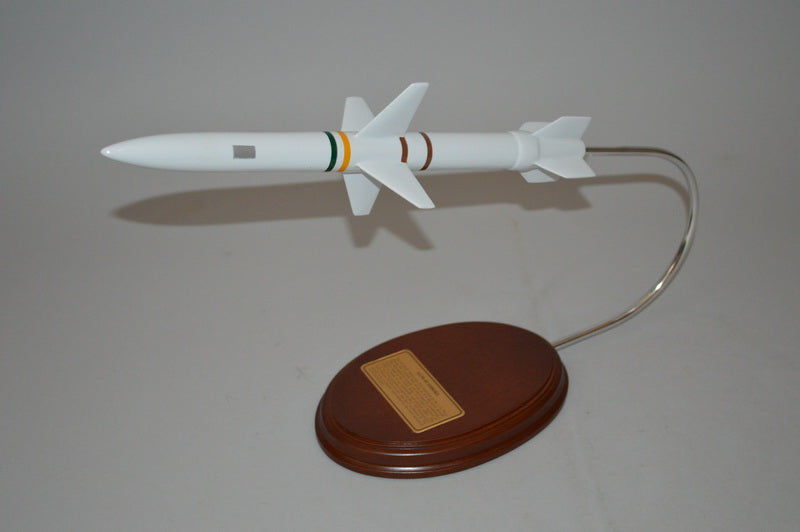Development of the AGM-45 Shrike traces back to 1963. During that time, experts at the Naval Weapons Center took a body of the AIM-7 Sparrow and a new seeker head to create a different anti-radiation missile. After a few re-fitting and perhaps sweat-breaking turns of a screw, the Shrike missile was created. It had a passive radar homing system that allows it to track the enemys radiation signals. Powered by a solid-fuel rocket, the AGM-45 stretches for 10 feet in length and 8 inches in diameter. The missile was officially introduced while being held by the A-4 Skyhawk and the A-6 Intruder. Its first combat was during the Vietnam War where it was used by the A-4. The following year, the US Air Force gave the F-105F and F-105G Wild Weasel SEAD aircraft the Shrike missile. Outside the US, the AGM Shrike was used by the Royal Air Force, though not as an official/regular weapon. The missile was only used during the 1982 Falklands War and the Operation Black Buck. The Israeli Air Force also used the AGM-45 extensively. This led to a new version of the missile that could be fired from the ground while being carried by an M4 Sherman chassis.
Scale: 1/10. Length 12 inches.


